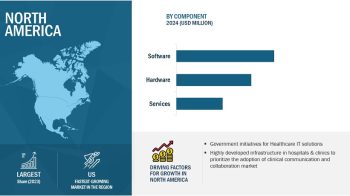The global Surgical Sutures Market was valued at USD 2.80 billion in 2014 and is expected to reach USD 3.59 billion by 2020, at a CAGR of 4.2% from 2015 to 2020.
Surgical sutures are medical devices used to close the edges of a wound, or repair injuries such as lacerations resulting from surgery or other procedures. In the wound healing process, the choice of wound closure material is as significant as the skill and technique of the surgeon.
Sutures can be classified into automated suturing devices and surgical sutures. Automated suturing devices speed up the suturing procedure by reducing the amount of tools required to complete a suture and applying a constant and reliable amount of power when driving the needle. New technologies, such as surgical robots and automated suturing devices, have made inner body suturing easier. Thus, the automated suturing devices segment is the new growth avenue in the sutures market.
Sutures can further be classified into absorbable and non-absorbable sutures. The absorbable sutures segment accounted for the largest share of the global surgical sutures market in 2014. This large share can be attributed to the nature of materials used in the manufacture of absorbable sutures, due to which they are broken down by the body over time and eventually dissolve completely. Other advantages of absorbable sutures include easy handling, low tissue reaction, low cost, consistent performance, and nontoxicity. Absorbable sutures provide temporary support to the wound, until the healing process reaches a stage where the wound can withstand normal stress on its own.
On the basis of geography, the global sutures market has been segmented into four regions, namely, North America, Europe, Asia-Pacific, and Rest of the World. North America is estimated to account for the largest share of the sutures market, followed by Europe. This can be attributed to the favourable regulatory framework and high disposable income of people in the region. Technological advancements also contribute significantly to the growth of this market. For example, Covidien Ltd. (U.S.) introduced V-Loc PBT Polybutester, the first non-absorbable, unidirectional barbed suture, which enabled efficient oversewing of staple lines, and helped in closing incisions efficiently without the need for knots.
The report includes company profiles of major players, recent activities in the market, new product launches, mergers & acquisitions, collaborations and partnerships, and SWOT analysis of the global sutures market. Some of the companies profiled in this report are Ethicon, Inc. (U.S.), B. Braun Melsungen AG (Germany), Smith & Nephew (U.K.), Demetech Corporation (U.S.), Conmed Corporation (U.S.), W.L. Gore & Associates (U.S.) Biomet, Inc. (U.S.) and, Boston Scientific Corporation (U.S.), among others.

